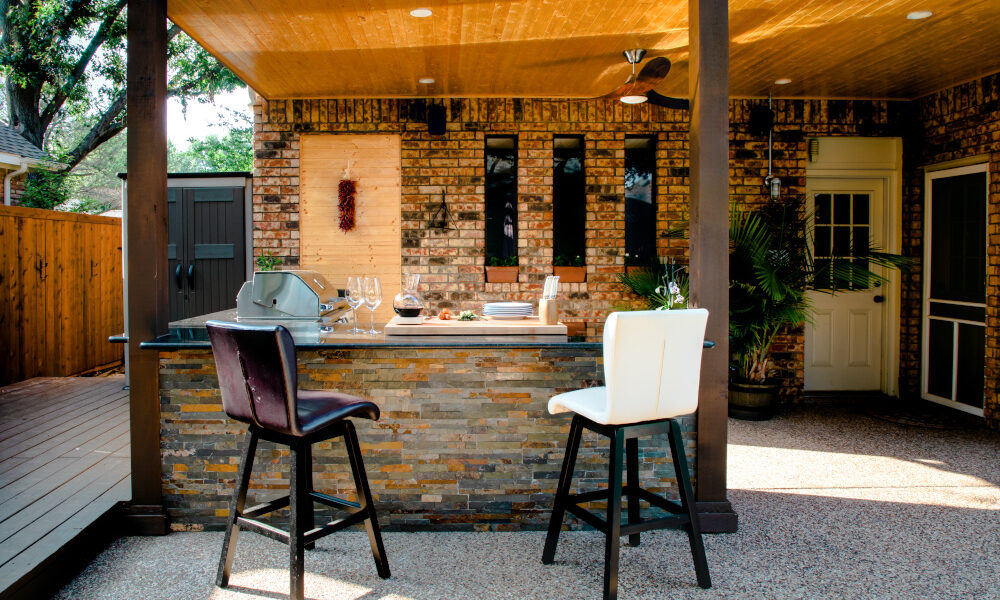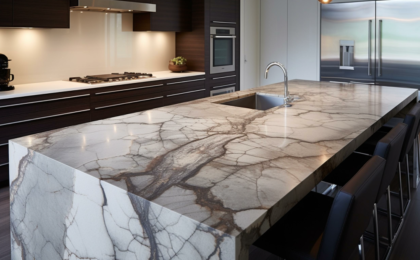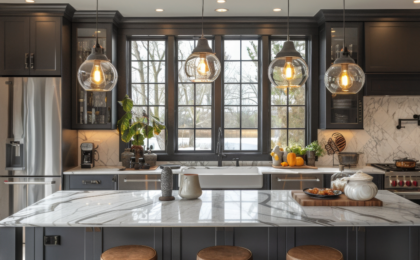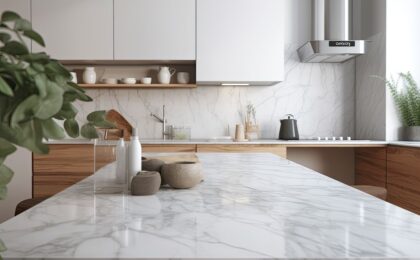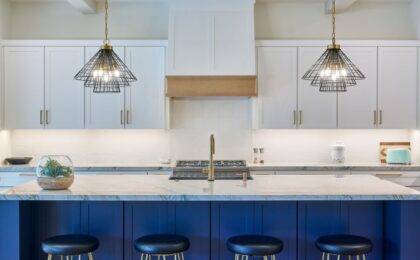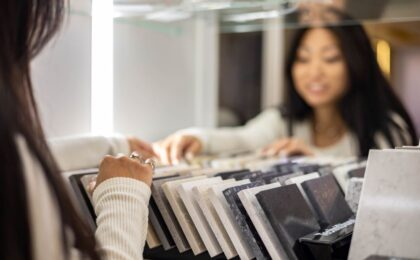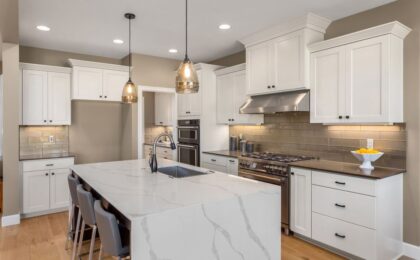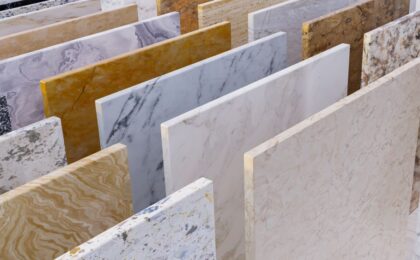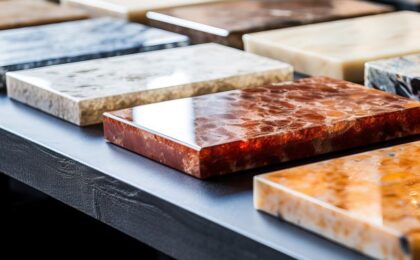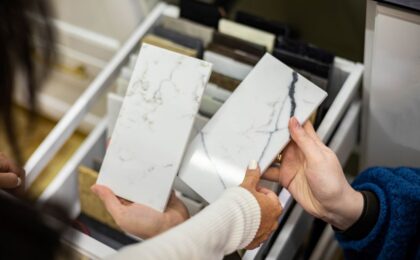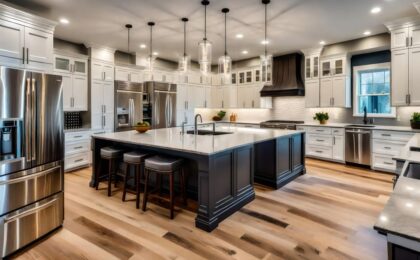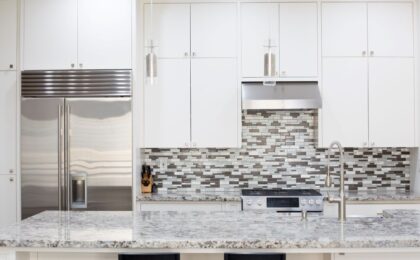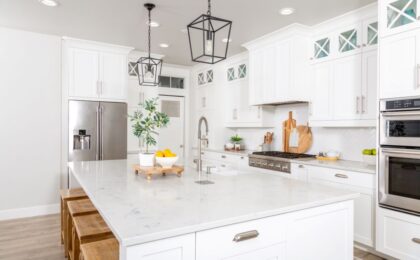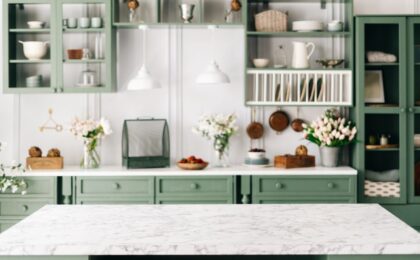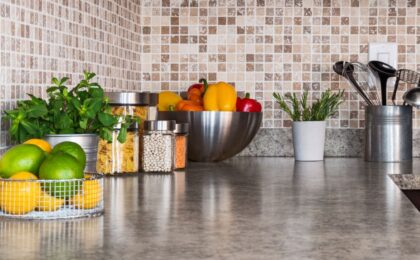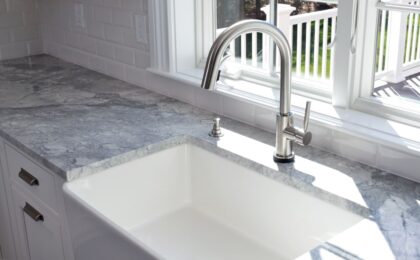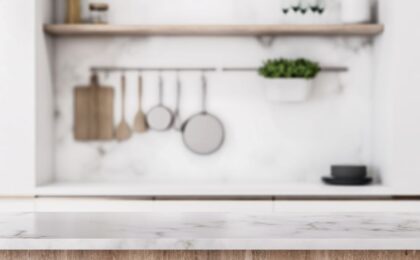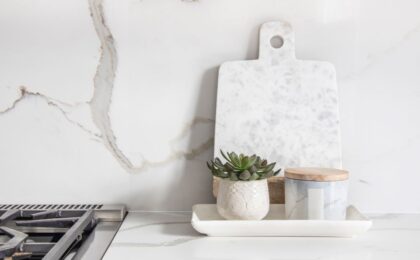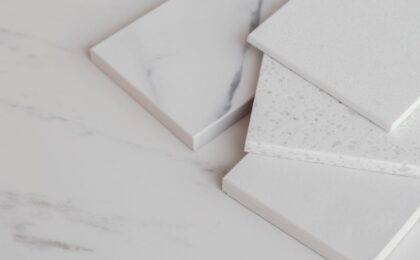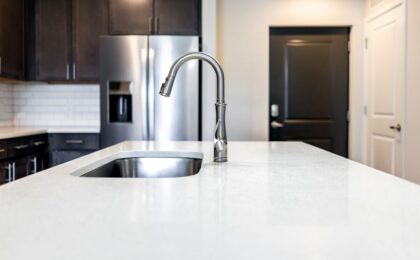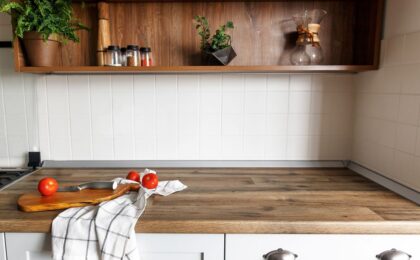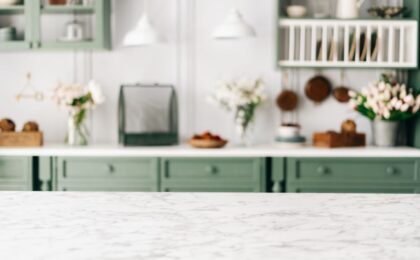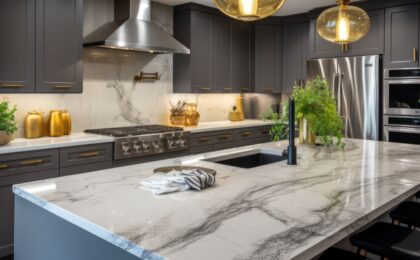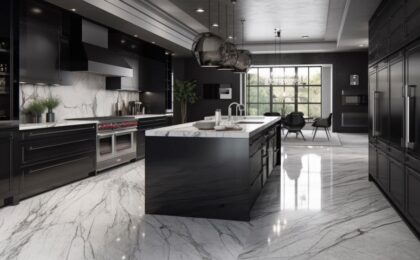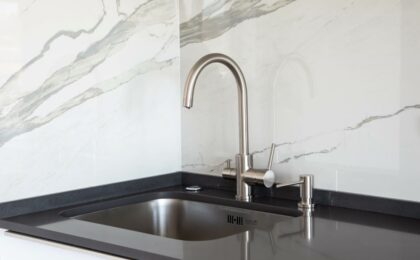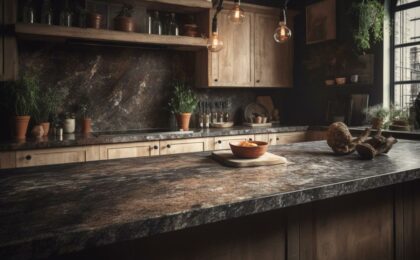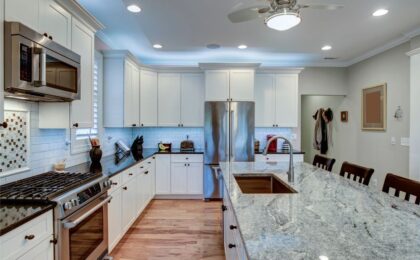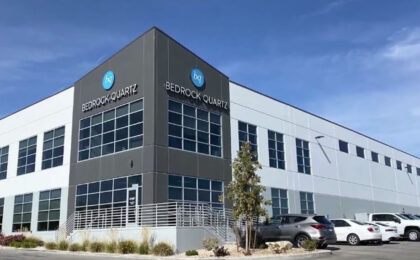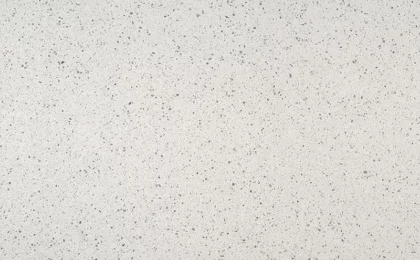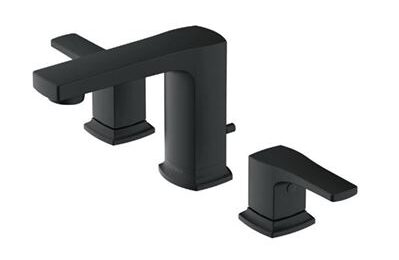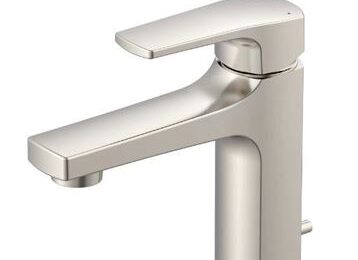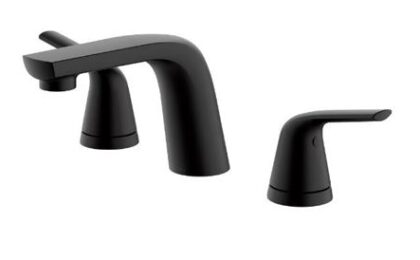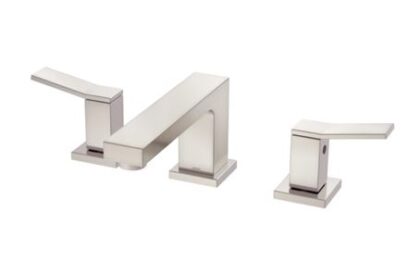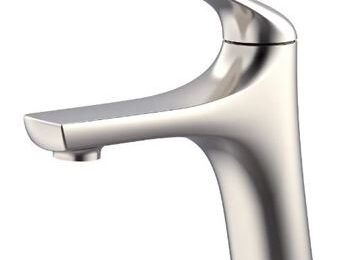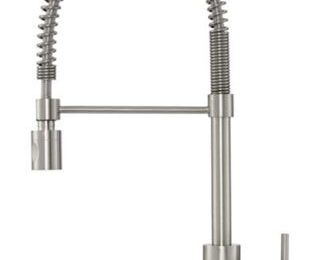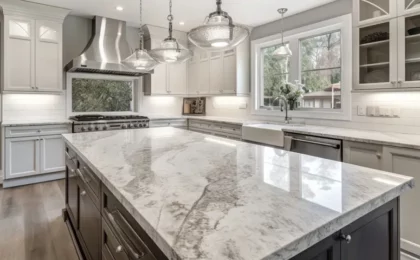Not too long ago we published a blog post offering tips for installing an outdoor kitchen in Utah. This is a follow-up post of sorts, offering information on how to choose the right countertop material. Just as with traditional indoor kitchens, you do have options for the outdoor environment. They are more limited though.
Outdoor kitchens are a popular option for people who want to minimize the barrier between indoor and outdoor spaces. They are a fantastic choice in Utah thanks to the incredible views and experiences of our state’s natural environment. If you are planning to install an outdoor kitchen, we hope you’ll visit a Bedrock Quartz showroom to select your countertop.
1. Consider Size and Layout
The first step in choosing your countertop material is considering size and layout. Cost is invariably going to be part of the equation. So if your layout calls for a larger countertop surface – or even multiple countertops for that matter – you may be under budgetary constraints.
It might be necessary to sacrifice a more expensive stone in order to get a larger surface. Then again, budget may not be a big concern to you. If you can spend whatever it takes to get what you want, you will have access to more options.
Another layout consideration is the amount of sun your countertop will be exposed to. That leads us right into the next point: considering your local climate.
2. Local Climate Makes a Big Difference
We encourage you to consider your local climate because it makes a big difference in terms of overall durability. Quartzite, granite, and quartz are all viable options for outdoor countertops. But local climate will affect each of the materials a bit differently.
For example, quartz is not a particularly good choice if your outdoor kitchen will be exposed to significant sunlight. As you may know, UV rays are the enemy where sunshine is concerned. The challenge with quartz countertops is that their resins and dyes are subject to degradation with exposure to UV rays. Unless you plan to keep your countertop under shade, you should probably forget quartz.
Temperature extremes can also be problematic. Quartzite, granite, and should have no trouble with significant heat and cold. But softer stones, like sandstone and flagstone, are a different matter. They are not the best choices for environments subject to temperature extremes.
3. Stick With Lighter Colors
Next, we urge you to consider sticking with lighter colors. Darker countertops absorb heat. Likewise for darker veining patterns. Furthermore, even though sun-related discoloration should be minimal, a lighter color will show less discoloration than a darker one.
The goal in this respect is to choose a countertop material that will still look good years down the road. Why? Because an outdoor kitchen can add value when it comes time to sell your home. But if its aesthetic appeal has diminished over the years, it will not add as much value as it otherwise could have.
4. Select Something Durable
Finally, common sense dictates that your selection be a material you know is durable. Sandstone and flagstone just won’t hold up as well over time. Your best choices for durability are quartzite, marble, and quartz. Just know that with quartz, you need to be sure to select a countertop that has been engineered for outdoor use.
We would be happy to help you make your selection at any of our Utah showrooms. If you are planning to build an outdoor kitchen, let us partner with you to create beautiful and durable countertops that will be the capstone of your project.
